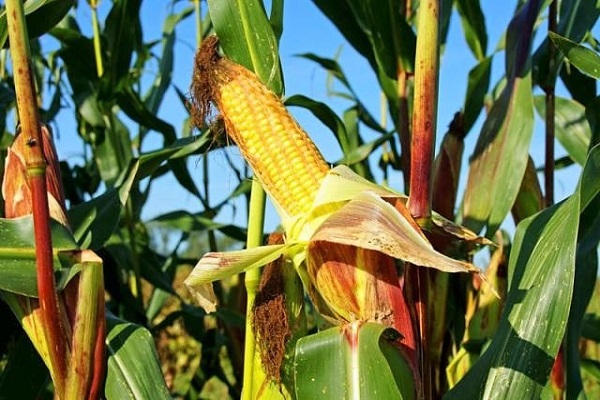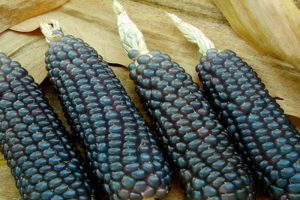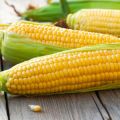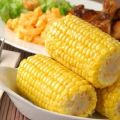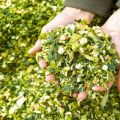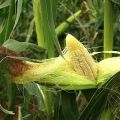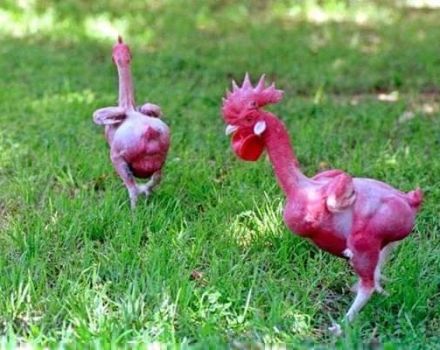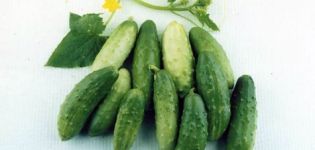Site selection, cultivation and care of seedlings for corn propagation
At the end of the 15th century, Christopher Columbus brought to Europe a plant unique in its properties - corn. But judging by archaeological and geological research, the consumption and reproduction of the golden cereal began at least five thousand years before that. Corn came to Russia at the end of the 17th century, but the plant gained wider distribution in the 60s of the last century.
Corn or maize (from the Latin Zea mays) is an annual herb that cannot reproduce on its own. The fact is that the grains are so firmly attached to the ear that even at the stage of full ripening they do not fall to the ground, and the fallen ear rots along with the seeds. Perhaps this is why the plant does not occur in the wild, and scientists have not been able to determine the ancestor of modern corn. And there is even a theory about the alien origin of the plant, and corn is called the gift of the gods.
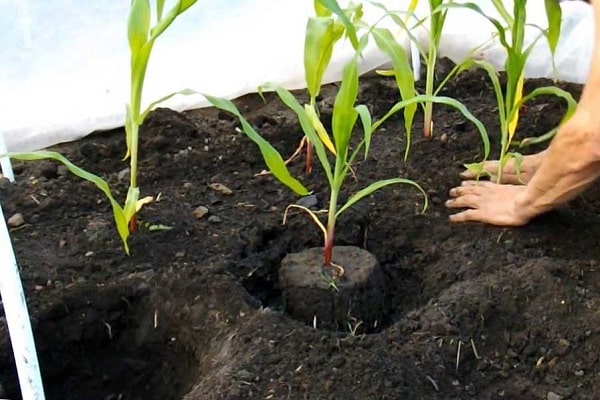
How is corn propagated in backyard plots?
Attempt cultivate corn on an agricultural scale in Russia has failed. Maize is a thermophilic plant and can hardly tolerate temperature extremes; in difficult Russian conditions, it is cold. But it is not difficult to grow corn on a personal plot, surrounding the plant with attention and knowing certain agrotechnical methods.
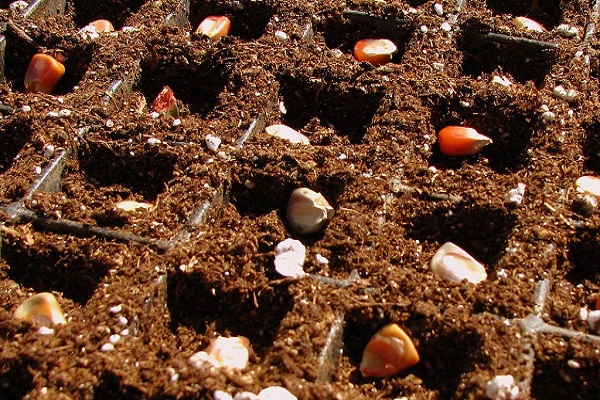
Site selection and soil preparation
Preparation for planting corn start in the fall. The future harvest largely depends on the correct location:
- The site should be on the south side, protected from wind and drafts, and also well lit by the sun.
- Corn is demanding on the quality of the soil. For normal growth and development, it needs fertile soil with moderate moisture.
- To enrich the soil with nutrients, organic fertilizers are introduced into the soil in the fall and dug up. For these purposes, you can use compost, rotten manure or peat.
- The best predecessors of corn there will be cabbage, tomatoes, potatoes or legumes. The landing site must be changed every three years.
- Acidic soils are limed in spring (3 kg of lime per 10 sq. M of land).
- Before planting, complex mineral fertilizers are introduced into the ground to stimulate plant growth and carefully dug up.
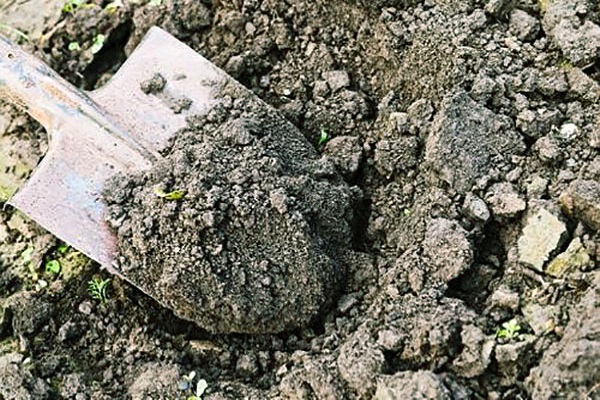
Seed preparation and sowing
The yield and resistance of plants directly depends on the quality of the planting material. Therefore, the seeds should be selected large, healthy and undamaged. Training:
- To test seeds for germination, they are placed in 5% saline solution for five minutes. For planting, only those grains that have settled to the bottom are considered suitable.
- Further, in order to protect future crops from diseases, the seeds are pickled either in a pink solution of potassium permanganate, or in a weak solution of hydrogen peroxide.
- Sowing seeds is carried out when the threat of frost has passed, and the soil warms up to +10 degrees.
- The planting pattern is 30x60 cm, the depth of the holes is from 5 to 10 cm. On light soils, the sowing depth should be increased, and on heavy soils, it should be reduced to a minimum.
- Three grains of various degrees of germination are placed in each well: dry, swollen and germinated. Thanks to this method of planting, the chances of getting friendly seedlings are significantly increased. Even if the sprouted grains die, the rest will hatch. It remains only to choose the strongest and healthiest sprouts.
- After sowing the seeds, the holes on top are mulched with peat.

Growing seedlings
In regions with colder climates, where spring comes later and does not differ in stable weather conditions, corn is grown in seedlings:
- Sowing seeds is carried out from late April to mid-May.
- Separate containers or peat cups are filled with a nutrient substrate and a 3 cm depression is made in each.
- Place 1-2 grains in the holes obtained and sprinkle with a 1 cm layer of sand.
- 5 days before transplanting, plants begin to harden, gradually accustoming young shoots to fresh air and sunlight.
- After three weeks, the seedlings are ready for planting in the ground.
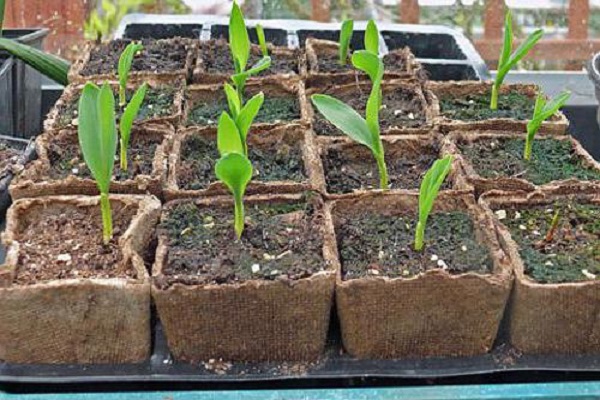
Care features
Maize begins to bloom 6-7 weeks after germination, by which time the rapid growth of plants stops, and all the energy is spent on the formation of cobs. The plant reaches a height of 1.5 to 2.5 meters.
For the full development of the root system, it is necessary to regularly loosen the soil and remove weeds in a timely manner. It is recommended to loosen it after each rain or watering so that the soil does not compact and the moisture does not stagnate. With the seedless cultivation method, the first loosening is carried out even before the germination of the grains, to a depth of no more than 4 cm.
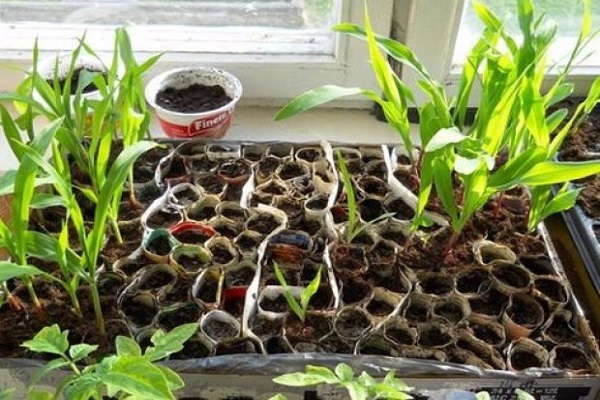
Despite the heat-loving and drought-resistant nature, the plant needs watering, especially during the period of flowering and grain formation. But at the same time it is important to remember that from an excess of moisture, plant growth stops, and the root system dies off. When the soil is waterlogged, green leaves will turn purple.
Cultivation of corn is impossible without periodic fertilizing with mineral fertilizers. The first is carried out in the phase of rapid plant growth, the second - during the flowering period, the third - in the ripening phase.
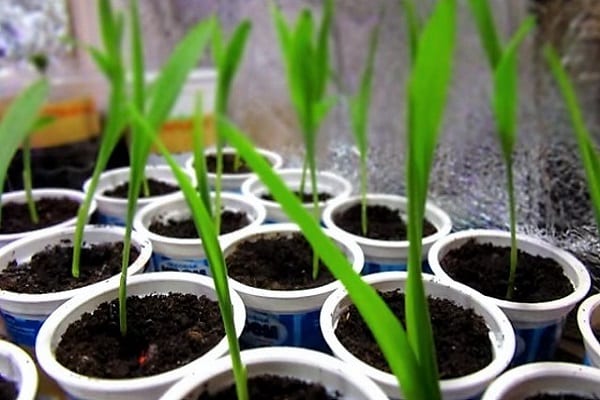
In addition, corn plants need stem formation. To do this, remove the stepchildren, leaving three ears on each plant.
To avoid breaking off the plants, it is recommended to tie up tall stems. This is especially true in windy areas.
After harvesting, the earliest and largest specimens are left as planting material for the next year, and the remaining ears are harvested in a cool and well-ventilated place. They store the cobs together with the foliage in a suspended state, and for long-term storage they can be frozen.
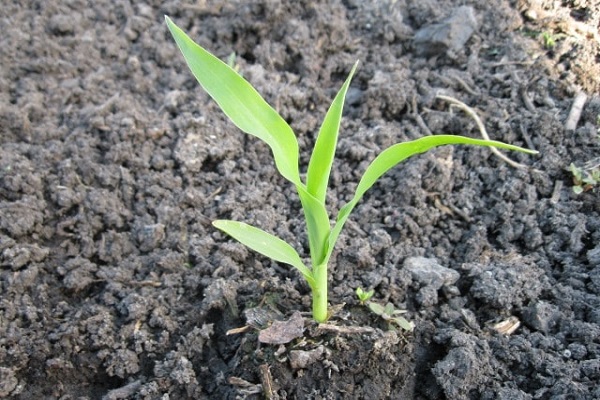
Corn: benefits and uses
Today, corn occupies a leading position in grain sales in the world, second only to wheat in popularity. In the United States, corn has long been multiplied on an industrial scale and is still the main crop. This amazing plant has found application in various fields: food, feed and technical.
A variety of food and industrial products are produced from corn. Bread, cereals, margarine, gelatin, whiskey are made from grain; leaves and cobs are used for compound feed, and paper, rubber, glue, plaster and other building materials are produced from the stems.
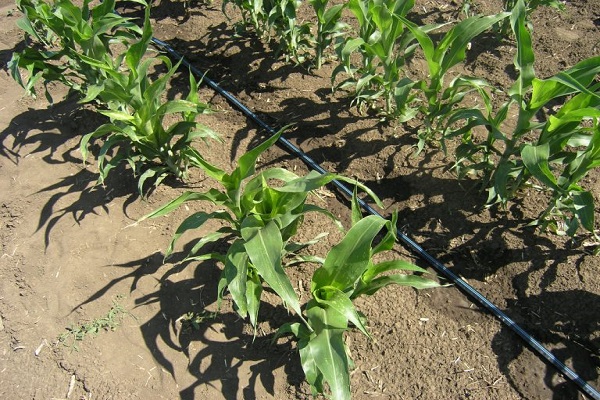
Corn is superior in nutritional value to most vegetable crops, and fiber provides long-term satiety.
The benefits of golden cereals for the human body are invaluable: it cleanses the body of toxins and toxins, protects against premature aging, supports the nervous system and strengthens the immune system. Eating corn regularly is especially beneficial for children and the elderly. Corn is contraindicated for people with increased blood clotting and a tendency to thrombosis.
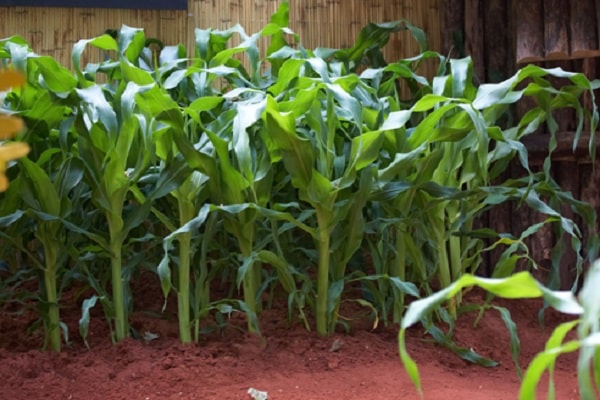
Corn stigmas contain vitamin K, ascorbic acid, fatty oil, resins and saponins. They are widely used in traditional medicine. They are used in the treatment of liver diseases, cardiovascular diseases, diabetes and obesity. And also stigmas have diuretic and choleretic properties.
In addition to all the above qualities, it should be noted that corn is also a beautiful plant that will effectively decorate any garden plot.
